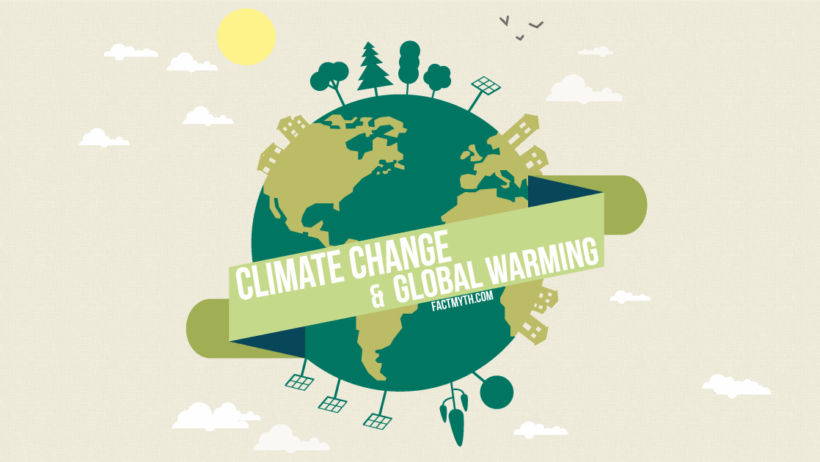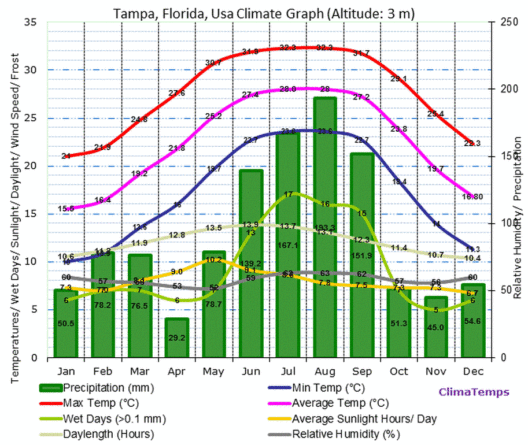As global temperatures ascend like a slow-burning fuse, the repercussions extend far beyond mere discomfort. They permeate the realm of human health, engendering a curious yet unsettling phenomenon: the unprecedented rise in allergies. Much like a spider weaving a web, the connection between global warming and our health is intricate and, at times, insidious. Unraveling this web reveals that climate change is not just an environmental crisis; it is a burgeoning public health dilemma.
The foundation of this correlation rests on the fundamentals of ecology. As temperatures rise, certain plants burgeon, growing more prolific and vigorous. Among these are the inconspicuous yet notorious culprits behind springtime allergies, such as ragweed—a pollen-producing powerhouse that thrives in warmer climates. Research indicates that ragweed’s pollen production can increase by up to 61% with every degree Celsius of temperature rise. With an alarming crescendo, this tiny grain of irritant dances through the air, settling into our sinuses and lungs, initiating a cascade of allergic reactions.
However, the plight of ragweed is merely a single chapter in a much larger narrative. The climate crisis is rewriting the rules governing plant biology, favoring species that thrive in warmer, more humid conditions. The relationship between elevated temperatures and pollen seasons extends beyond the ramping up of ragweed. Tree pollen, particularly from species such as oak and birch, also flourishes under these altered ecological conditions. Thus, as the seasons shift, so too do the patterns of pollen release, creating prolonged periods of allergy symptoms that can last for weeks, if not months longer than before.
Moreover, global warming has taken its toll on urban environments. Cities, with their concrete jungles and heat-absorbing surfaces, contribute to the phenomenon known as the urban heat island effect. This phenomenon can exacerbate health issues, including allergies, by creating an oasis of unrelenting heat that not only encourages plants to extend their growing seasons but also exacerbates air pollution levels. Higher temperatures facilitate the formation of ground-level ozone, a potent allergen that can further irritate respiratory systems, constricting the lungs and producing symptoms akin to seasonal allergies.
The ramifications of these climatic shifts extend into the realm of public health as well. Allergies do not exist in a vacuum; they often exacerbate other health issues, including asthma. The American Lung Association reports that climate change is intensifying asthma rates nationwide, particularly in sensitive populations such as children and the elderly. With increasing pollen levels, rising temperatures, and declining air quality, a perfect storm brews—a tempest that aggravates respiratory conditions and leads to increased morbidity.
Additionally, the psychological toll of allergies is often overlooked. Chronic allergy sufferers can experience a dappled spectrum of emotional and mental health challenges that stem from persistent physical discomfort. The incessant sneezing, itchy eyes, and fatigue sap the vigor from daily life, impacting productivity and overall well-being. This degradation is not solely confined to the individual but can cascade into families and communities, breeding dissatisfaction and lowering quality of life.
In the wider ecological context, the rise of allergies and their correlation to global warming highlights another critical aspect: biodiversity. The transformation of habitats is leading to altered communities of flora and fauna that can trigger new allergic responses. Invasive species establish themselves under the guise of climate change opportunists, often introducing unfamiliar pollen profiles to native populations that have never before encountered them. A singular instance of this can be found with non-native plants that may harbor potent allergens, further complicating the allergy landscape.
Recognizing this interconnectedness is imperative. As we grapple with the implications of an increasingly warm planet, it is crucial to advocate not only for environmental sustainability but also for public health. Monitoring pollen forecasts, investing in urban greenery, and promoting educational outreach can empower individuals to manage their allergies effectively while nurturing their communities. Initiatives like these can help mitigate the health fallout of our warming world.
Progress also hinges on collective action. Support for policies that address climate change can lead to advancements in public health strategies aimed at allergy prevention and management. By reducing greenhouse gas emissions and promoting sustainable practices, society can temper the conditions that fuel the allergy crisis. These steps, while daunting, are essential in crafting a future where health and environment coexist harmoniously.
In closing, the hidden link between global warming and escalating allergies does not merely paint a portrait of doom; rather, it serves as a clarion call. Like the canary in the coal mine, rising allergies signal an urgent need for collective transformation. The ongoing climate crisis can no longer be sidelined; it demands immediate action, education, and a fervent commitment to safeguarding both our planet and our health. Just as the delicate interdependence of our ecosystems relies on balance, so too must we strive to maintain harmony between our health and the environment. Adapting and innovating are now more than choices; they are existential imperatives in a world irrevocably changed by climate change.








